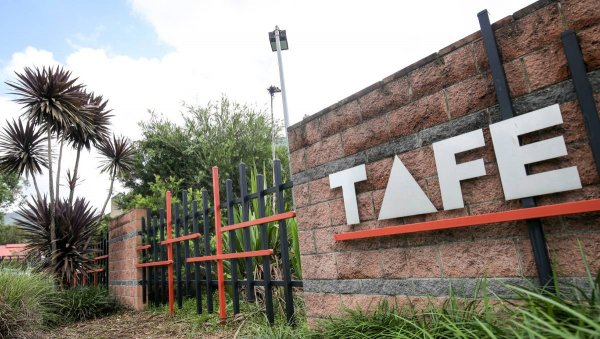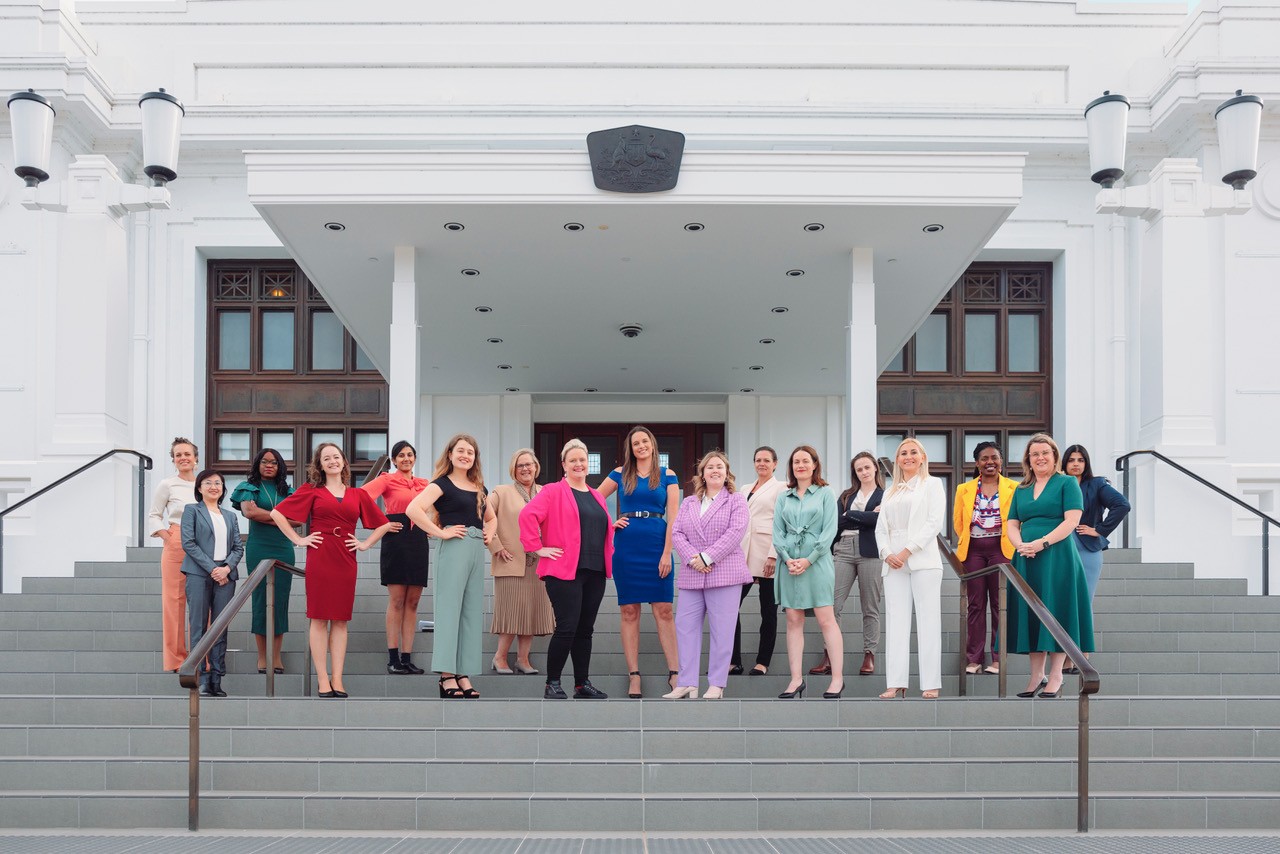Amid concerns that women are being overlooked in the government’s COVID response, it is worth considering how well women are likely to fare in the future if the Productivity Commission has its way.
Reform of the vocational education and training (VET) sector is a key plank in the government’s JobMaker plans to rebuild the economy, as announced by Prime Minister Scott Morrison last month. As such, advice has been sought from the Productivity Commission on the detail of the next Commonwealth-State VET funding agreement.
The Commission issued an Interim Report as part of this process and despite it running to a whopping 322 pages – women/females are mentioned just five times. We show up in a one-line reference to a ‘Women in Trades’ program, in a statement that women are less likely than men to enrol in trade apprenticeships, and we merit three brief references in relation to research studies featuring female labourers, differential returns to work experience, and tax benefits from completing VET qualifications.
And that is it.
 With the expertise available within the Productivity Commission it is a worrying omission that there is (with one exception) no analysis of enrolment trends, completions, satisfaction or job outcomes for any group of learners. The only time the Commission looks at how well the VET system serves a specific group is when they report a 28% decline in completions in the last decade among learners in remote and very remote communities.
With the expertise available within the Productivity Commission it is a worrying omission that there is (with one exception) no analysis of enrolment trends, completions, satisfaction or job outcomes for any group of learners. The only time the Commission looks at how well the VET system serves a specific group is when they report a 28% decline in completions in the last decade among learners in remote and very remote communities.
Aside from this one exception it seems that the Commission’s sees the VET system as a very large homogenous group of 4.1 million students.
Unsurprisingly therefore the Commission makes no specific recommendations in relation to women or any other group of learners.
Issues for women in VET
Despite the lack of focus on women in the Commission’s report, there are some significant issues in VET which impact women.
These include VET students and providers receiving much less funding for similar courses than the university sector. For example the annual student fee for a bachelor of nursing degree at a public university is $6,684 – payment of which can be deferred through the HECS-HELP loan scheme. In addition, all universities receive the same annual $14,858 government subsidy. By contrast, the Commission examined the fees for an 18-month diploma of nursing in VET across eight public providers. Student fees ranged from $0 to $15,780 and government subsidies ranged from $8,386 to $16,388.
Another concerning issue is the major difference in the number of government-funded courses available in each state. For example, NSW subsidises 849 non-apprenticeship courses compared to just 102 in Tasmania. And there are also substantial variations in the funding provided for individual courses.
Proposed solutions
The Productivity Commission proposes a suite of interim recommendations and options. Those which would have the biggest impact on women include removing price controls on government-funded VET (ie, allowing providers to charge what they want); extending the VET Student Loan Scheme to a larger number of courses; a stronger emphasis on efficiency and competitive neutrality; ‘market testing’ whether community service obligations can be made more contestable; leaving States and Territories to continue to fund their courses differently; and introducing vouchers to strengthen consumer choice.
If implemented, these changes would likely deliver more private and less TAFE provision, ongoing inequities in the government support available to students, higher fees, and continuing instability in the sector.
What should be done?
Increased delivery by private providers is a good thing where it meets student’s needs, but it is a problem if it diminishes opportunities for women who prefer to study at TAFE. Currently both private and public providers have 47% female students.
The thrust of the Commission’s argument is that more competition between public and private VET providers will deliver a more efficient VET system.
That is only true if we want the same things from our public and private providers. And it is here that the problem lies for the TAFE system.
By not setting out a clear purpose for their TAFE institutes, States and Territories inevitably allow the funding debate to be framed as one of pure efficiency.
By not setting out a clear purpose for their TAFE institutes, States and Territories inevitably allow the funding debate to be framed as one of pure efficiency – not least in the eyes of the Productivity Commission. They also potentially preclude themselves from more meaningful funding negotiations with the Federal Government. After all, if jurisdictions cannot explain why and how TAFE is different and therefore needs more or different funding – how can they argue against efficient government expenditure?
Personally, I think TAFE has a vital and important role to play and the merits of a broader ‘public value’ approach to funding is something I have discussed with Don Zoellner, a former senior TAFE administrator and leading academic.
 In addition to adequate funding for the VET system which avoids the need for increased student fees, the next Commonwealth-State funding agreement also needs to deliver choice for women in which provider they study with and equitable funding for the courses they choose (irrespective of where they live).
In addition to adequate funding for the VET system which avoids the need for increased student fees, the next Commonwealth-State funding agreement also needs to deliver choice for women in which provider they study with and equitable funding for the courses they choose (irrespective of where they live).
And in terms of how that funding is allocated – there are a range of reasons why vouchers will not prove helpful, not least because as the Commission notes, learners would need access to much better information on the VET system.
Women who choose VET deserve their study choices to be respected and supported with funding comparability with higher education. If the coronavirus has taught us nothing else it should be that most of our truly valuable workers do not hold a university degree.
But before all of that – the Commission needs to go back to square one and recognise that the VET sector is not one amorphous ‘blob’ of learners. To build robust funding arrangements for the future we need to better understand the experiences and outcomes of different groups of learners over the last decade – not least the more than 1.8 million women who enrol each year.




